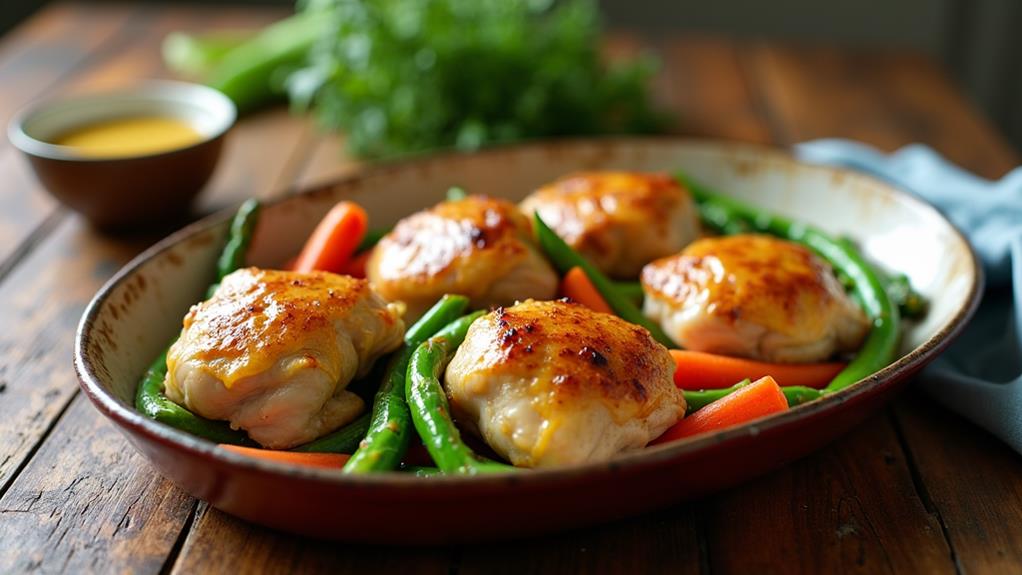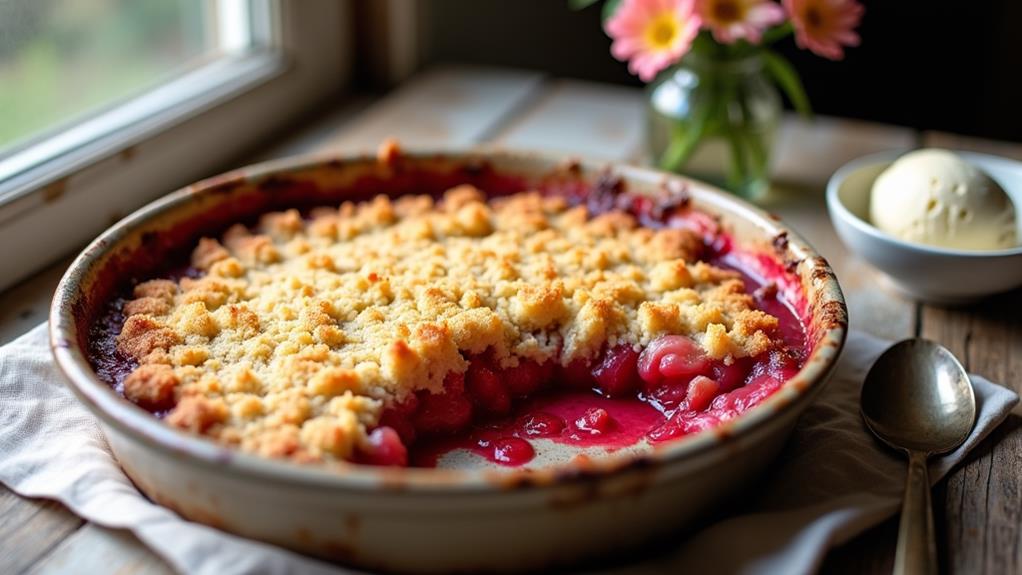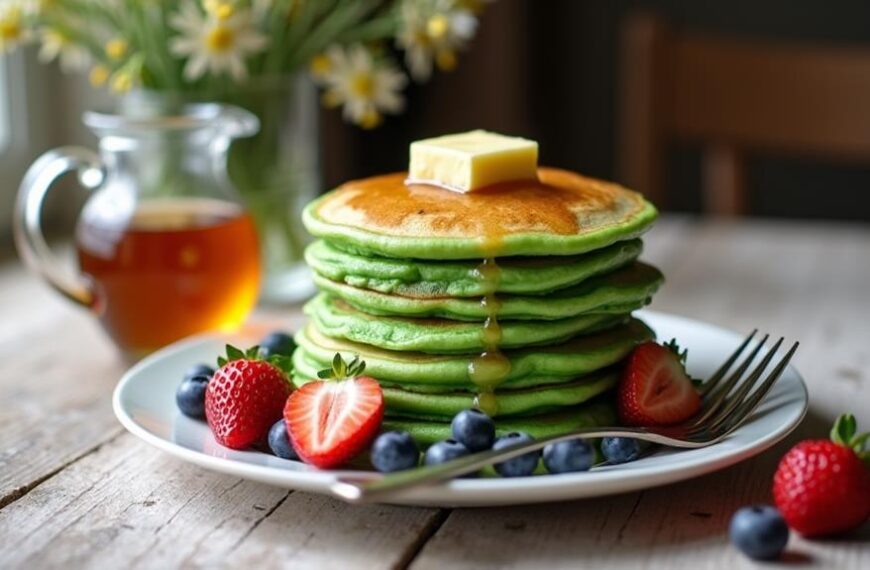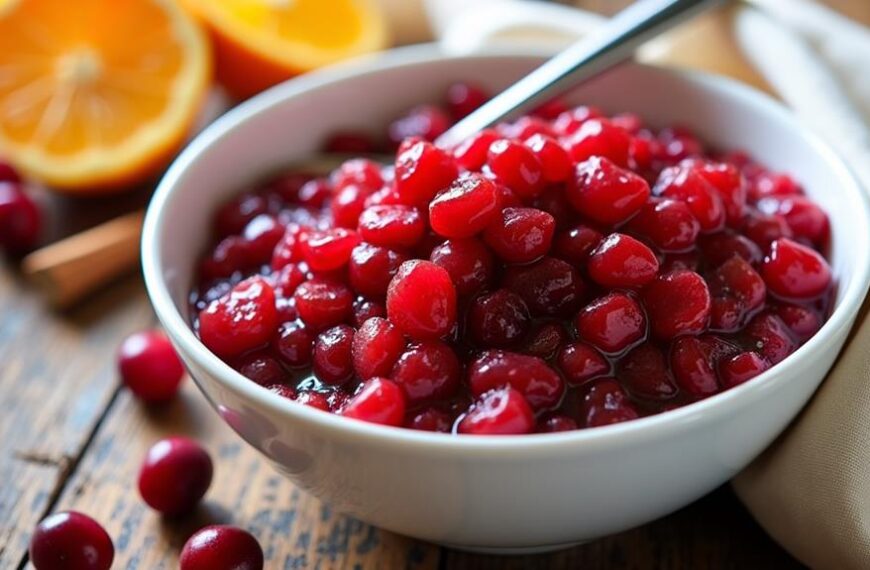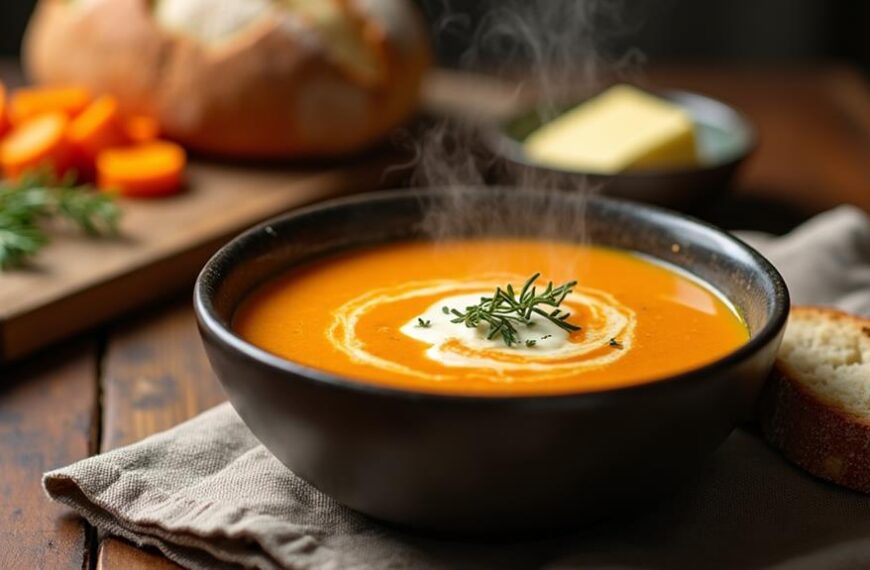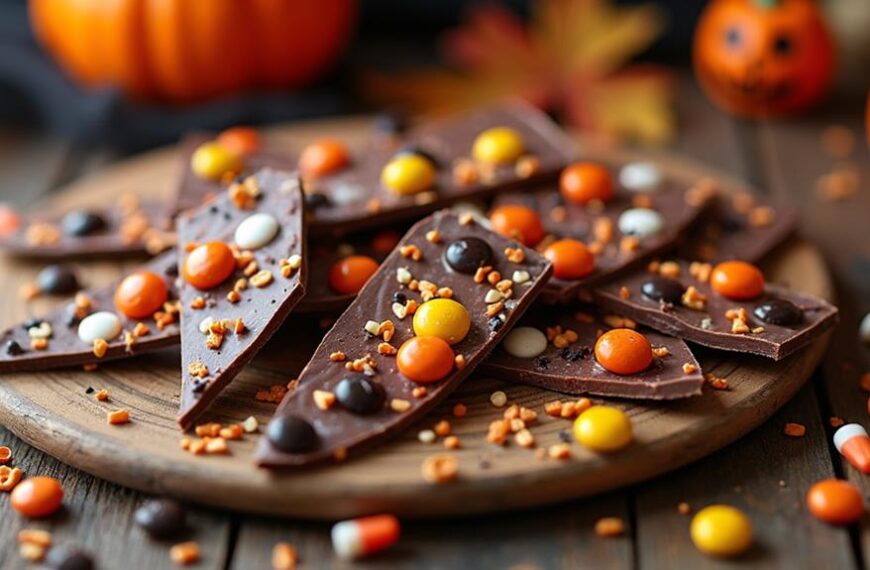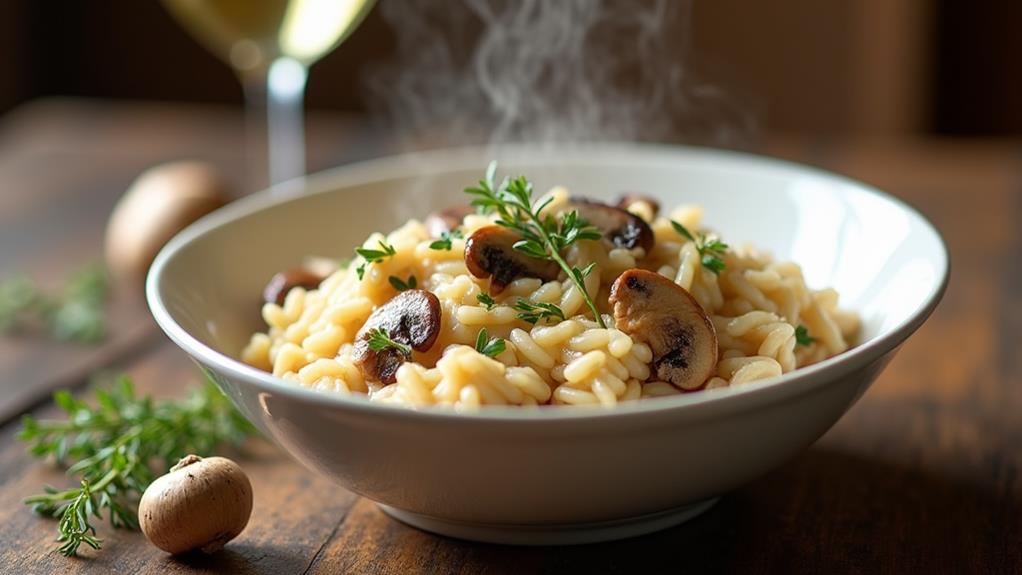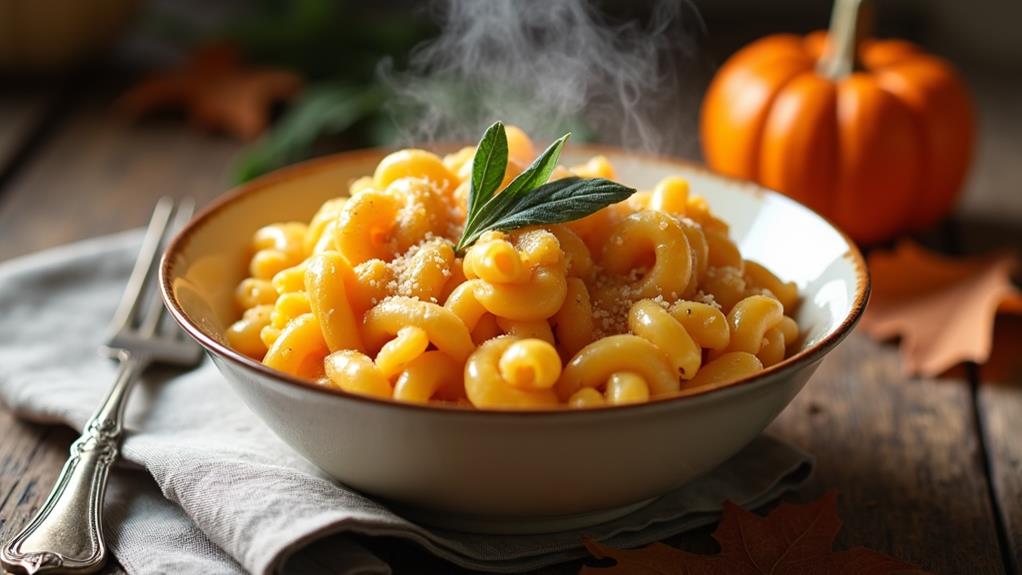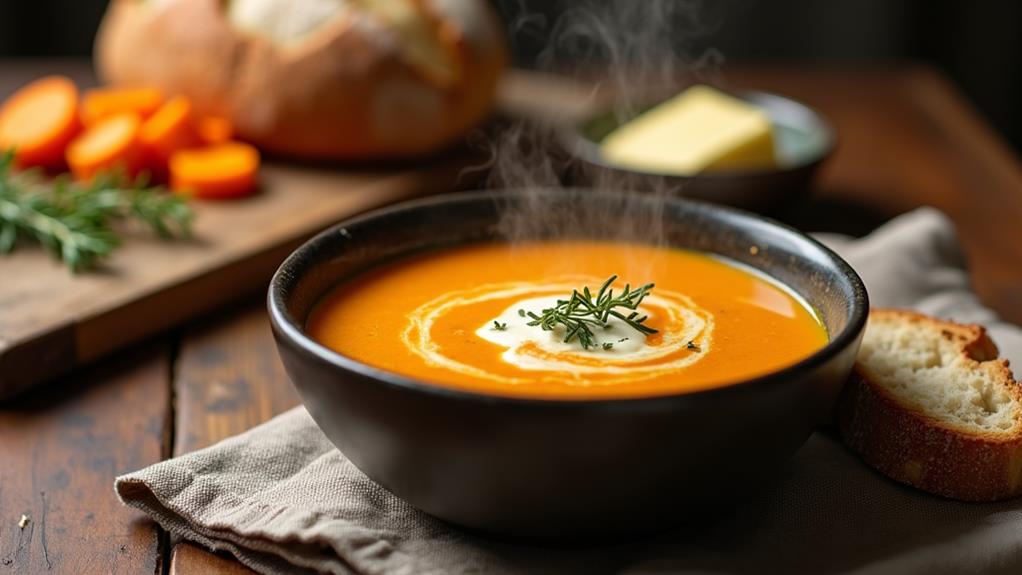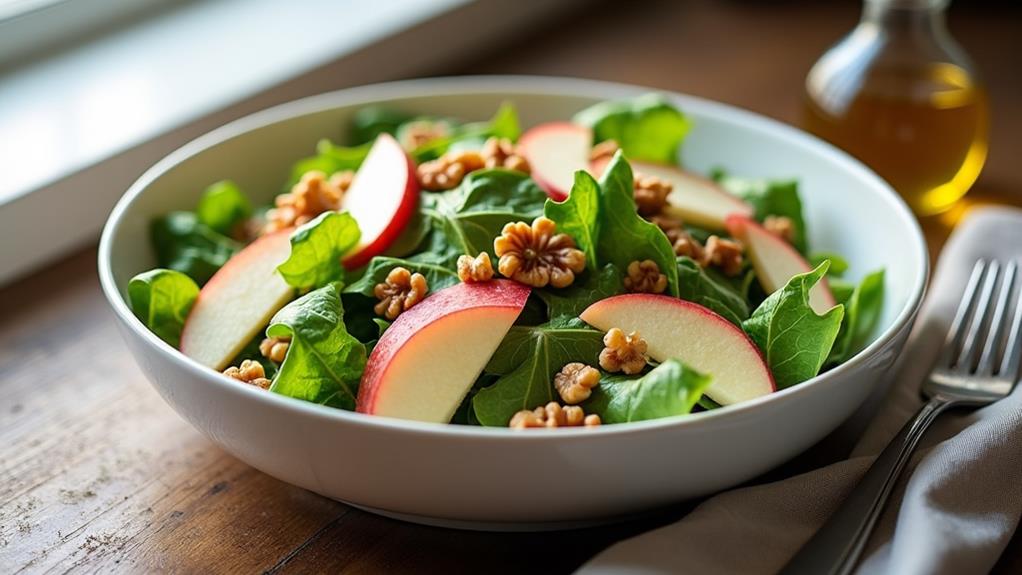You've likely encountered honey mustard chicken before, but have you tried it paired with spring vegetables in a one-pan meal? This dish combines the sweet and tangy flavors of honey and Dijon mustard with succulent chicken thighs and vibrant seasonal produce. It's a versatile recipe that's been gracing American dinner tables since the mid-20th century, offering both convenience and flavor. Whether you're looking for a quick weeknight dinner or a casual entertaining option, this dish might just become your new go-to. But there's more to this recipe than meets the eye…
Key Takeaways
- Chicken thighs are baked with a honey-Dijon mustard glaze, creating a sweet and tangy flavor profile.
- Spring vegetables are cooked alongside the chicken, absorbing flavors for a complete one-pan meal.
- The dish is baked at 400°F (200°C) for 20-25 minutes, until chicken reaches 165°F (74°C) internal temperature.
- Basting halfway through cooking ensures even distribution of flavors and optimal texture.
- The recipe is versatile, allowing for customization of vegetables and adjustment of honey-to-mustard ratio to taste.
History
Many culinary historians trace the origins of honey mustard chicken to the mid-20th century, when home cooks began experimenting with sweet and tangy flavor combinations.
This dish emerged as a result of the post-war era's focus on convenience and flavor innovation in American kitchens. You'll find that honey mustard chicken quickly gained popularity due to its simplicity and delicious taste profile.
As you explore the history of this dish, you'll discover that it's a perfect example of fusion cuisine.
The combination of honey, an ancient sweetener, with mustard, a condiment dating back to Roman times, created a uniquely American flavor. The addition of chicken, a versatile and widely available protein, made it a staple in many households.
Over time, variations of honey mustard chicken have evolved, incorporating different cooking methods and ingredients.
You'll see that the recipe has adapted to changing culinary trends, from oven-baked versions to grilled options.
Today, you can find honey mustard chicken on menus across the country, from casual diners to upscale restaurants, showcasing its enduring appeal and versatility.
Recipe
Honey mustard chicken thighs with spring vegetables is a delicious and easy-to-prepare meal that combines sweet and tangy flavors with tender, juicy chicken. This simplified version uses only five ingredients, making it perfect for busy weeknights or casual gatherings.
The dish showcases the natural flavors of bone-in, skin-on chicken thighs, which remain moist and flavorful during cooking. The honey mustard glaze adds a perfect balance of sweetness and zest, while the spring vegetables roast alongside the chicken, absorbing the delicious flavors and creating a complete meal in one pan.
- 6 bone-in, skin-on chicken thighs
- 1/4 cup (60 ml) honey
- 1/4 cup (60 ml) Dijon mustard
- 1 lb (450 g) mixed spring vegetables (such as asparagus, carrots, and snap peas)
- 2 tablespoons (30 ml) olive oil
Preheat the oven to 400°F (200°C). In a small bowl, mix honey and Dijon mustard. Place chicken thighs in a large baking dish and brush generously with the honey mustard mixture. Arrange spring vegetables around the chicken and drizzle with olive oil.
Bake for 35-40 minutes, or until the chicken is golden brown and cooked through (internal temperature should reach 165°F or 74°C). Halfway through cooking, baste the chicken with any remaining honey mustard mixture and toss the vegetables to ensure even cooking.
For best results, let the chicken rest for 5 minutes before serving to allow the juices to redistribute. If you prefer crispier skin, you can broil the chicken for 2-3 minutes at the end of cooking, but watch carefully to prevent burning.
Feel free to customize the vegetable mix based on what's in season or your personal preferences. This dish pairs well with rice or crusty bread to soak up the delicious pan juices.
Cooking Steps
To prepare honey mustard chicken thighs, you'll start by preheating your oven to 400°F and mixing honey with Dijon mustard in a small bowl.
Next, arrange the chicken thighs in a baking dish, brush them generously with the honey mustard mixture, and surround them with your chosen spring vegetables.
Step 1. Preheat Oven to 400°F
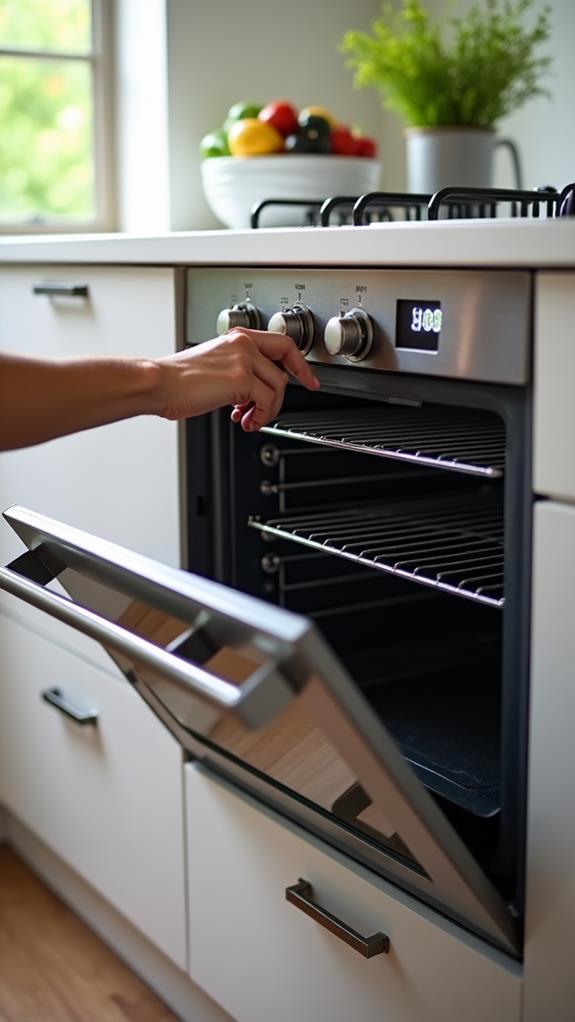
Before diving into the recipe, you'll need to crank up your oven to 400°F (200°C). This temperature is crucial for achieving perfectly cooked chicken thighs with crispy skin and tender meat.
While your oven preheats, gather all your ingredients and equipment. You'll want a large baking dish that can comfortably fit the chicken thighs and vegetables without overcrowding.
Preheating is essential because it ensures even cooking throughout the dish. It also helps create that desirable golden-brown color on the chicken skin.
If you're using a convection oven, you might want to reduce the temperature by 25°F, as these ovens circulate heat more efficiently. Don't be tempted to skip this step or start with a cold oven, as it can lead to unevenly cooked chicken and vegetables.
While waiting for the oven to reach the correct temperature, you can begin preparing your honey mustard mixture and trimming the vegetables. This efficient use of time will streamline your cooking process and ensure everything's ready to go once the oven is hot.
Step 2. Mix Honey and Mustard
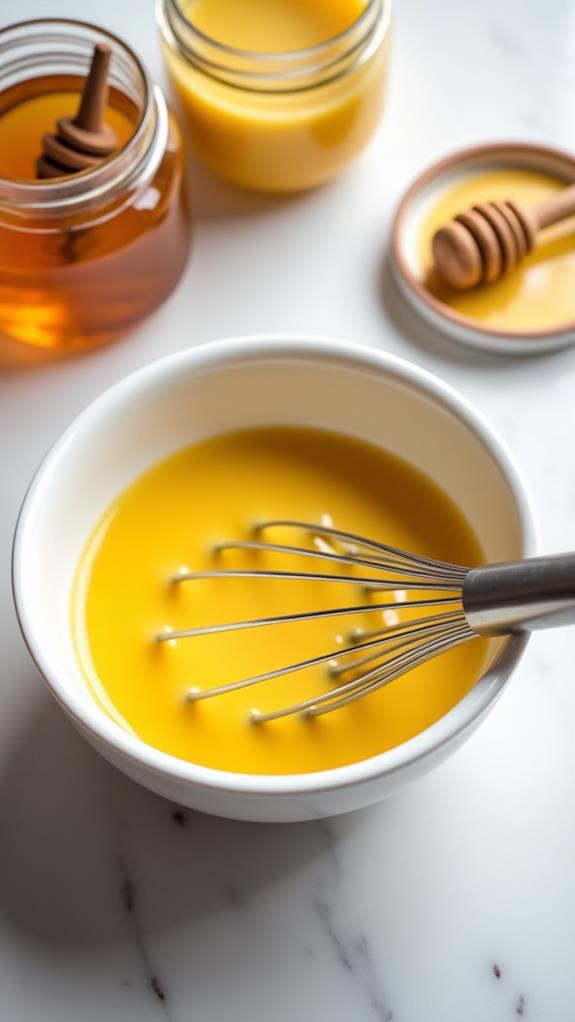
The next crucial step in creating your delicious honey mustard chicken thighs is preparing the flavorful glaze. You'll need to combine equal parts honey and Dijon mustard in a small bowl. Measure out 1/4 cup (60 ml) of each ingredient and add them to the bowl.
Using a whisk or fork, blend the honey and mustard thoroughly until you've achieved a smooth, uniform mixture. As you stir, you'll notice the glaze's golden hue and thick consistency. Don't worry if it seems a bit runny at first; the heat from baking will help it caramelize and adhere to the chicken.
Make sure to scrape the sides of the bowl to incorporate all the ingredients fully. This simple yet powerful combination will infuse your chicken with a perfect balance of sweetness and tanginess.
Once you've mixed the glaze, set it aside for a moment. You'll use this mixture to brush generously over the chicken thighs before they go into the oven.
The honey's natural sugars will help create a beautiful, golden-brown crust on the skin as it cooks, while the mustard adds depth and a slight kick to the flavor profile.
Step 3. Prepare Baking Dish
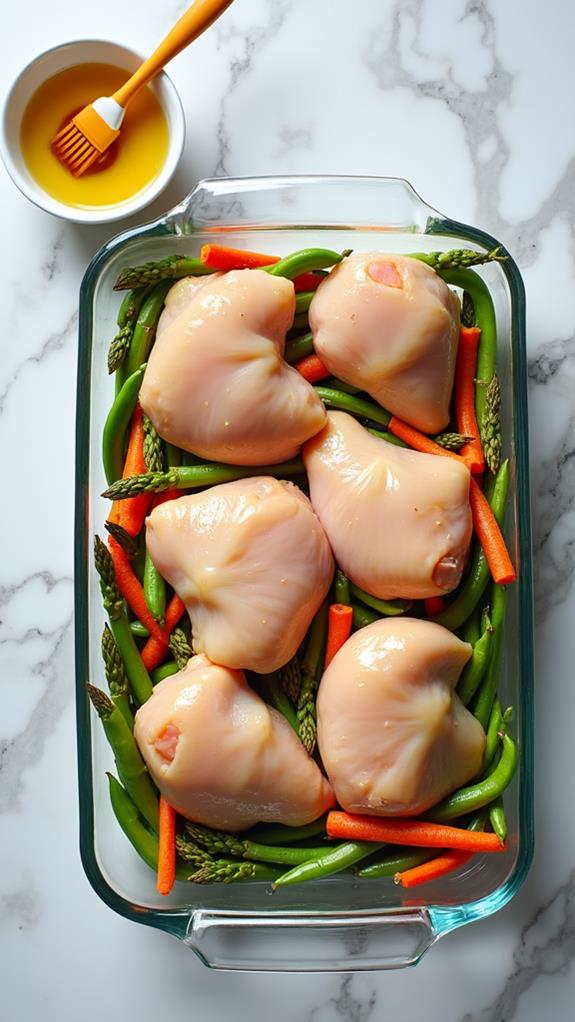
With your honey mustard glaze ready, it's time to set up your baking dish. Choose a large, oven-safe dish that can comfortably accommodate all six chicken thighs without overcrowding. This ensures even cooking and allows the skin to crisp up nicely.
Before placing the chicken, lightly grease the bottom of the dish with a thin layer of olive oil to prevent sticking.
Arrange the chicken thighs skin-side up in a single layer, leaving some space between each piece. This arrangement allows hot air to circulate around the chicken, promoting even browning.
Next, take your prepared honey mustard mixture and generously brush it over each chicken thigh, making sure to coat the skin thoroughly. Don't worry if some of the glaze drips into the dish; it'll contribute to the flavorful pan juices.
Once you've glazed all the chicken, you're ready to add the spring vegetables. Distribute them evenly around the chicken thighs, filling in the spaces between. This setup not only looks appealing but also allows the vegetables to roast in the chicken's flavorful drippings.
Step 4. Baste Chicken and Vegetables
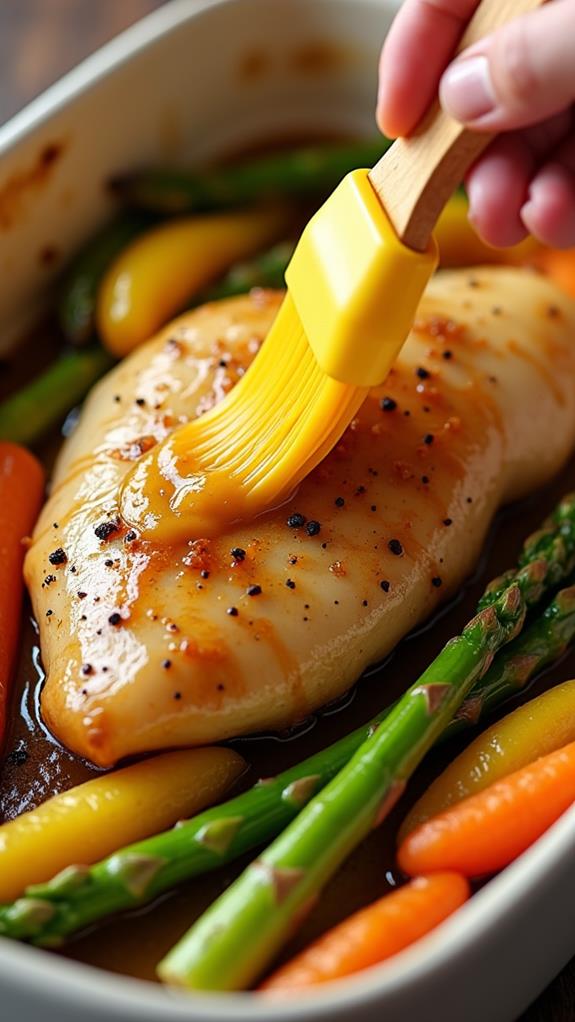
Halfway through the cooking process, it's time to baste your chicken and toss the vegetables. Open the oven carefully, using oven mitts to protect your hands from the heat. Take the baking dish out and place it on a heat-resistant surface.
With a basting brush or spoon, generously coat the chicken thighs with the remaining honey mustard mixture, ensuring you cover all exposed surfaces. This will add extra flavor and help create a beautiful, golden-brown finish.
Next, use tongs or a spatula to gently toss the vegetables around the chicken. This ensures they cook evenly and absorb the delicious flavors from the chicken and honey mustard glaze. If you notice any vegetables browning too quickly, you can rearrange them, moving the less-cooked pieces to the outer edges of the dish where they'll receive more direct heat.
Once you've basted the chicken and tossed the vegetables, return the baking dish to the oven to continue cooking. Remember to reset your timer for the remaining cooking time, typically another 15-20 minutes, or until the chicken reaches an internal temperature of 165°F (74°C).
Step 5. Bake and Monitor Doneness
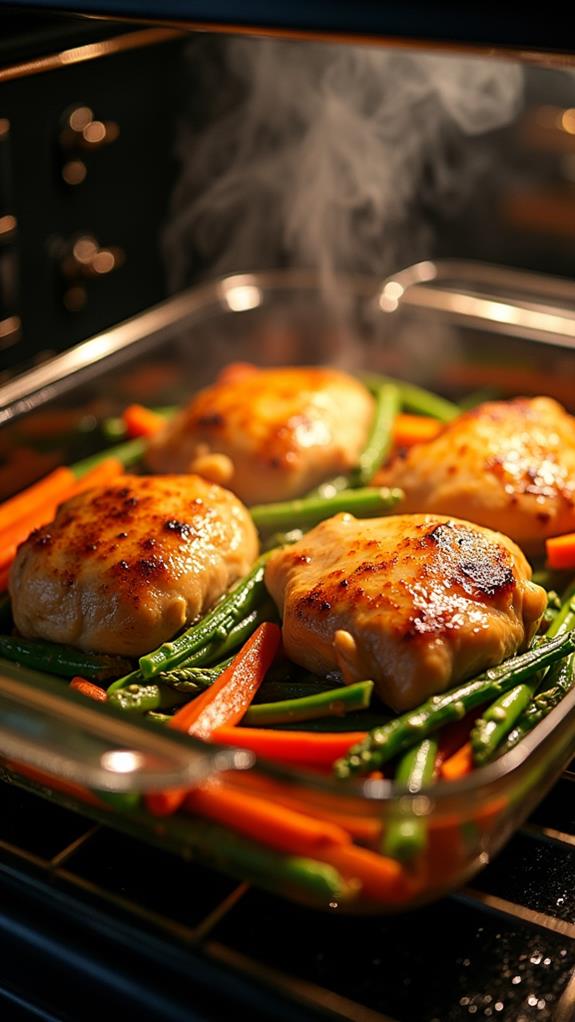
After basting and tossing, return the dish to the oven and continue baking. Keep a close eye on the chicken and vegetables as they cook, ensuring they're browning evenly.
You'll want to bake for about 20-25 minutes more, or until the chicken reaches an internal temperature of 165°F (74°C). Use a meat thermometer to check the thickest part of the thigh, avoiding the bone.
As you monitor the doneness, you'll notice the chicken skin turning a beautiful golden brown. The vegetables should be tender but not mushy.
If you find that the chicken is browning too quickly, you can loosely cover the dish with aluminum foil to prevent burning. On the other hand, if you'd like crispier skin, you can broil the chicken for 2-3 minutes at the end of cooking.
Be sure to watch it carefully during this step to avoid charring. Once the chicken is cooked through and the vegetables are tender, remove the dish from the oven.
Let it rest for 5 minutes before serving to allow the juices to redistribute, ensuring moist and flavorful chicken.
Final Thoughts
By mastering this honey mustard chicken thigh recipe, you'll have a versatile and delicious meal in your cooking repertoire.
It's a dish that's perfect for both weeknight dinners and casual gatherings, impressing your family and guests alike.
Don't be afraid to experiment with different vegetable combinations or adjust the honey-to-mustard ratio to suit your taste preferences.
You can even try adding herbs like rosemary or thyme to elevate the flavors further.

